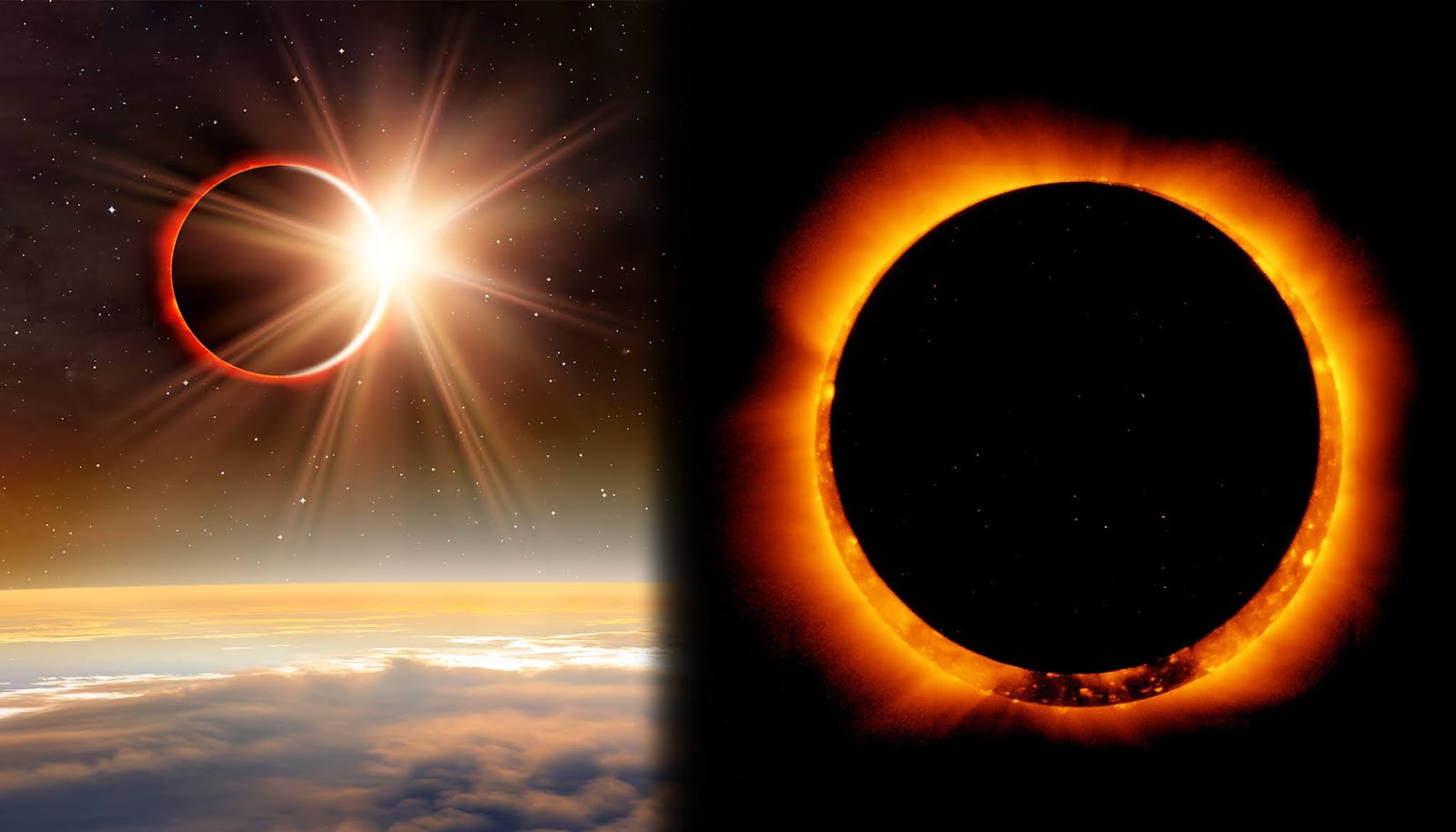The Universe
This Lunar Month Holds 3 Eclipses Including Rare ‘Ring Of Fire’
This year, we have a rare occurrence of three eclipses in one lunar month.

(TMU) – As the northern hemisphere enjoys the last official days of spring before the Summer Solstice on June 20, the southern hemisphere prepares for winter and regardless of which side of the equator you find yourself, the skies have some special events on offer for all of us.
This year, we have the rare occurrence of three eclipses in one lunar month (the time between two full moons). Although the previous event occurred in 2018, the next one won’t be until 2029.
Three eclipses during either a lunar or a calendar month is called an eclipse season, but they are much rarer in calendar months – the last one having occurred in July 2000 – and prior to that was in March 1904, and the next won’t happen until December 2206.
Mark the dates for this eclipse season in your diary:
June 5th, 2020: Penumbral lunar eclipse – was visible in most of Africa, Middle East, west and central Asia and Australia.
June 21st, 2020: Annular solar eclipse (Ring of Fire) – visible in Africa, south-eastern Europe and Asia.
July 5th, 2020: Penumbral lunar eclipse – Visible in North and South America, Western Europe and Africa.
What is an eclipse?
On Earth we experience two types of eclipses, solar and lunar eclipses:
A solar eclipse occurs when the Moon passes directly in front of the Sun, blocking its light completely (a total eclipse). Partially would be considered an annular eclipse. Solar eclipses are only visible when the moon passes between Earth and the Sun. Countries without visibility of the event will be experiencing night time, as the event will be below their horizon.
While watching a solar eclipse can be quite an exciting experience, please ensure you only look at the sun with specialized eclipse eye protection, failure to do so could damage the eyes and result in partial or permanent blindness.
A lunar eclipse occurs when the Earth is aligned between the Sun and the full Moon. Earth’s shadow then cuts off all or part of the sunlight reflected off the Moon. Lunar eclipses are visible during the side of Earth that is experiencing night-time.
Penumbral eclipses occur when the alignment between the Sun, Moon and Earth is not perfectly aligned, and only the outer edge of Earth’s shadow (the penumbra), is cast on the Moon. This does not create a dramatic change to the moonlight. In fact, it may be just a little darker than usual and can easily be missed.
The annular solar eclipse on June 21st, and the Summer Solstice
An annular solar eclipse happens when the Moon covers the Sun’s center and leaves just a small outer ring of the sunlight visible around the moon, forming a “ring of fire” or annulus (Latin for ring), around the Moon. The Moon is perfectly aligned between the Sun and the Earth during an annular eclipse. The eclipse will last 3 hours and 18 minutes and will peak at UTC 12:10 a.m. on June 21st.
The new moon phase starts just nine hours after the Summer Solstice on June 20th, moving straight on its path to block the sun on Sunday, June 21st, for the ‘ring of fire’ annular solar eclipse. Only a small part of the world will be able to experience the event. Unfortunately, the USA will be in darkness, with the event occurring below the horizon, as the solar eclipse happens on the other side of the globe.
Partial solar eclipse first begins: 3:46 UTC on June 21, 2020
Annular eclipse first begins: 4:48 UTC on June 21, 2020
Greatest or maximum eclipse: 6:40 UTC on June 21, 2020
Annular eclipse finally ends: 8:32 UTC on June 21, 2020
Partial solar eclipse finally ends: 9:34 UTC on June 21, 2020
The June solstice is the official start of summer and longest day of the year in the Northern Hemisphere, while in the Southern Hemisphere winter will start in earnest.
Typos, corrections and/or news tips? Email us at Contact@TheMindUnleashed.com
